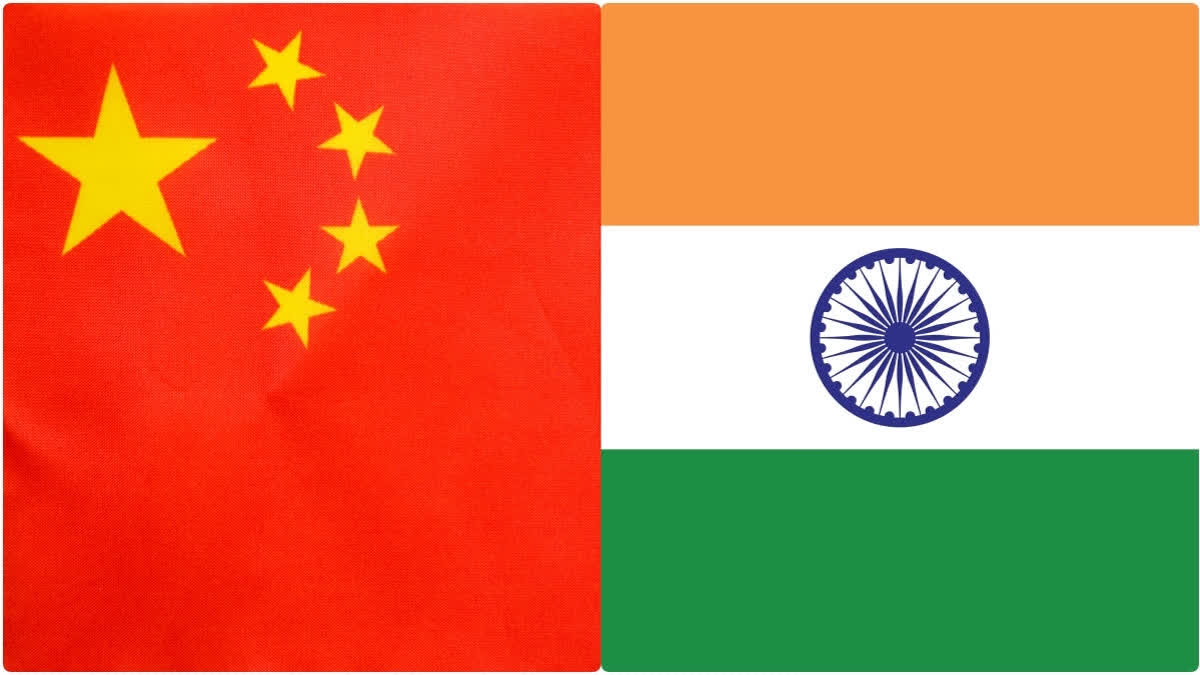New Delhi: The International Monetary Fund (IMF) in its report, The Regional Economic Outlook: Asia and Pacific, on Tuesday said in emerging markets, growth was supported primarily by strong private demand. In China and, especially, India, public investment made an important contribution.
It further said that countries in the region generally faced weak export demand, partly reflecting the normalisation in the demand for goods relative to services after the COVID-19 pandemic. Technology products from advanced Asia were a notable exception, arguably benefiting from a surge in demand for high-end semiconductors related to artificial intelligence applications in the fourth quarter. In its latest report, the IMF also revised the outlook for Asia.
Asia outlook
Economic growth in the Asia Pacific region is better than previously projected but is expected to slow from 5 per cent in 2023 to 4.5 per cent in 2024, according to IMF's Regional Economic Outlook for Asia and Pacific. In the report, the IMF said the region remains inherently dynamic and accounts for about 60 per cent of global growth.
The Asia-Pacific region is marked by both resilient growth and rapid disinflation. Commonly referred to as APAC, the Asia Pacific region is a part of the world defined by its proximity to the Western Pacific Ocean, typically including much of East Asia, South Asia and Oceania.
Consistent with these trends, service sector activity was generally stronger than industrial activity in emerging markets. In advanced economies, growth in services sector activity slowed, while industrial production began to pick up in the fourth quarter. In China, the economy struggled to sustain the post-reopening momentum of early 2023, as the property sector correction deepened Housing starts and sales continued to decline, the report cited.
Broader activity indicators were also lackluster, with weak manufacturing and services purchasing managers’ indexes in the second half of 2023. Outbound tourism remained significantly below pre-pandemic levels. Nonetheless, 2023 growth, at 5.2 per cent, was 0.2 percentage points higher than forecast in the October 2023 Regional Economic Outlook: Asia and Pacific, with activity benefiting from a fiscal stimulus package announced in October that will also carry over into 2024, added the IMF report.
Soft landing
Relatively lower inflation in Asia means the region's central banks can focus more on domestic conditions and less on what the U.S. Federal Reserve might do when setting monetary policy, the IMF said. The region is heading for a "soft landing" thanks to rapid disinflation creating room for easing monetary policies, the lender said in a report. However, economic expansion is expected to slow over the next two years.
The IMF forecast growth in the region would slow from 5 per cent in 2023 to 4.5 per cent this year and 4.3 per cent in 2025, with near-term risks "broadly balanced". A structural slowdown in China, including a correction in its property sector, would remain a key factor in slowing growth, the IMF report said, adding that the region remained vulnerable to commodity price shocks and trade disruptions caused by conflicts in the Middle East and Ukraine.
According to the IMF report, in 2024, growth in Asia and the Pacific is projected to slow slightly to 4.5 per cent—an upward revision of 0.3 percentage points relative to the October 2023 Regional Economic Outlook: Asia and Pacific, which partially reflects carryover from strong growth outcomes in the second half of 2023.
In China, an upward revision of 0.4 percentage points also reflects stimulus measures announced in October, with public spending forecast to be a significant contributor to growth. Investment remains an important growth driver in India, the report added.
Read More



